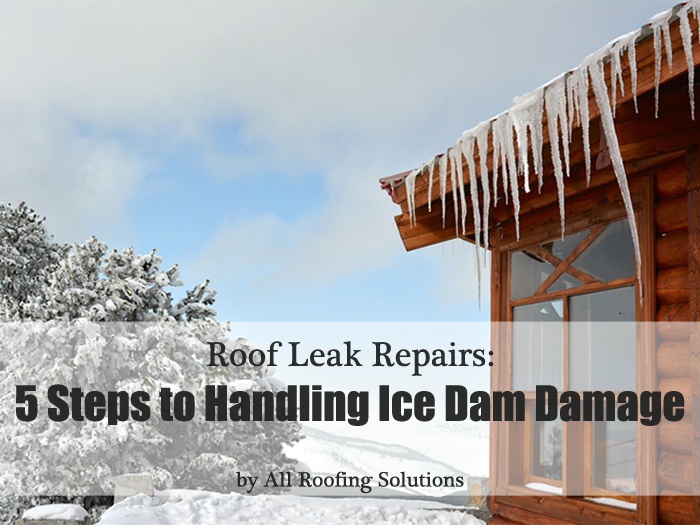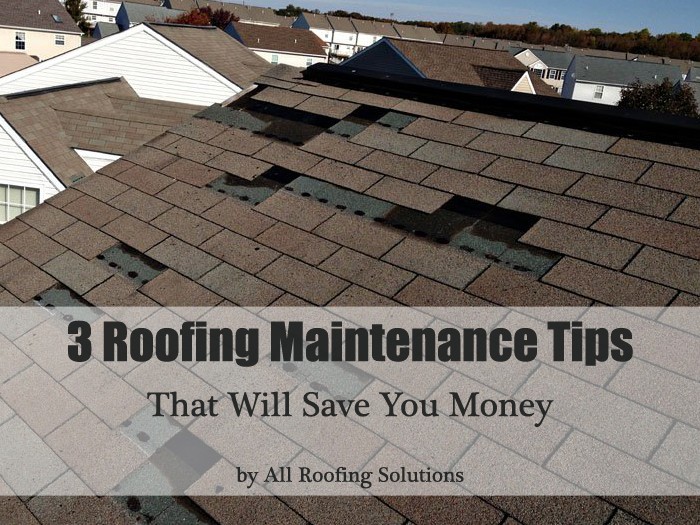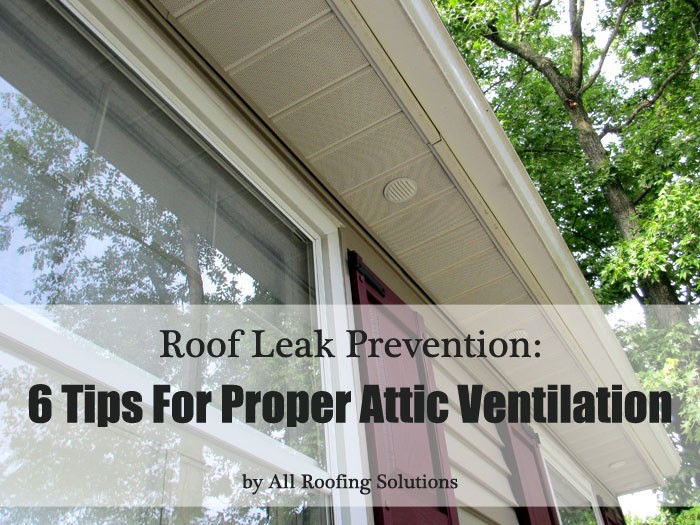Ice dams are a fact of life in Delaware & Pennsylvania—and across America. They can cause major water damage to the exterior and interior as gravity pulls water inside of your home through the wood, insulation, and drywall, causing major structural damage and mold growth.
Ice dam damage repair can be really tricky. Your best bet against damage from ice dams is to so take the steps necessary to keep dams from forming in the first place. Proper attic insulation & ventilation are the key elements in preventing ice dams from developing—having the right insulation and ventilation will provide the optimal temperature balance in the attic, and prevent the thaw/freeze cycle that causes ice dams.
But, what do you do when a dam forms, and you see—or suspect—damage? We share the best way to fix ice dams fast today so read on.

Fixing an Ice Dam Fast: 5 Steps to Ice Dam Damage Repair
If you suspect an ice dam developed on your roof, there are things you can do right away to minimize the damage.
- First, get rid of any built up snow using a roof rake (used for single family homes with pitched roofs) or shoveling it off (on flat roofs, or when there’s a significant amount of snow).
- Next, remove the ice dam by breaking it free in small chunks. Be very careful here—you don’t want to further damage the roof, or hurt yourself by falling off.
- If there’s a leak you notice, blow cold air into the attic to freeze it, aiming it directly at the underside of the roof where water is actively leaking in. This will stop the leak in its tracks.
- Even when there are no obvious roof leaks, you’ll want to carefully inspect your roof & gutters when you discover an ice dam. From the attic, check the underside of the roof sheathing and roof trim for moisture in the area beneath the dam. In addition, take a look at the insulation, and see if it’s damp. You’re also looking for other signs of water penetration, including water stains and mold. Take your time to thoroughly inspect your roof.
- If you spot problems, have a professional examine your roof surface. Your roofing inspection contractor should be looking for dark patches, missing or damaged shingles, water streaking down the side of the house, signs of uneven melting/freezing, damp attic insulation, sagging boards, signs of mold and mildew—all of these can be signs of ice dam damage. In addition to identifying the source of the leak, your roofing contractor will detail a plan to repair the damage to your roof. If it appears that mold has formed, you’ll also want to contact a contractor who is licensed in identifying and mitigating mold. Mold can be a serious health hazard, and removal is best left to an expert!
Remember, always keep safety in mind when working on the roof, especially in winter. Or better yet, hire professionals—ice dam damage repairs can be a slow, dangerous work, so hire someone experienced at roofing in all seasons.
Call Your Local Roofing Contractor
If you suspect your roof has been damaged and needs repairs—whether because of ice dams or otherwise—the best advice we can give you is to seek out the expertise and advice of an experienced, local roofing contractor. And All Roofing Solutions is ready to help!
We’re a family-owned business with over 20 years of experience and offer affordable, expert roof repair, replacement, and installation services to customers throughout Delaware and southeastern Pennsylvania. We pride ourselves on outstanding workmanship and great customer service, and have amassed a list of happy customers who love our work!
Call our DE office at 302-725-ROOF (7663) or our PA location at 610-551-ROOF (7663) for your free repair estimate today! And don’t forget to ask about our discount of 15% off any roof repair job!!!
Why Choose All Roofing Solutions
 Family-owned and operated contractor
Family-owned and operated contractor- Fully licensed and insured for your protection
- Over 25 years of experience with roofing & siding installation and repair
- A+ rated BBB member
- Complimentary Extended Material warranty
- 30-year workmanship guarantee on full roof replacements
- Lien Waiver to protect the homeowners from material liens
- Own crew—no subcontractors!
- Full-service roofer handling all types of residential and commercial roofing, windows & siding projects.
- Most re-roofing projects are completed in one day.
- Because we are efficient we are able to offer very competitive prices compared to large contractors with bigger overhead.
- Each roofing/siding project includes a meticulously performed, post-roofing inspection. We want to make sure that your roof replacement is done correctly and that it meets your complete satisfaction.
- The company owner supervises all projects to ensure high-quality workmanship.
- Customer Satisfaction Guaranteed!











